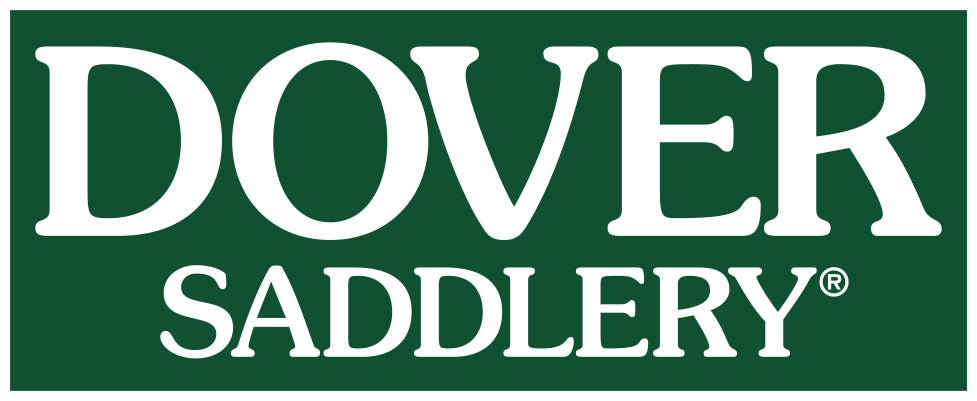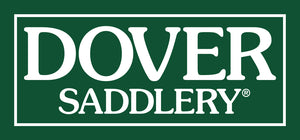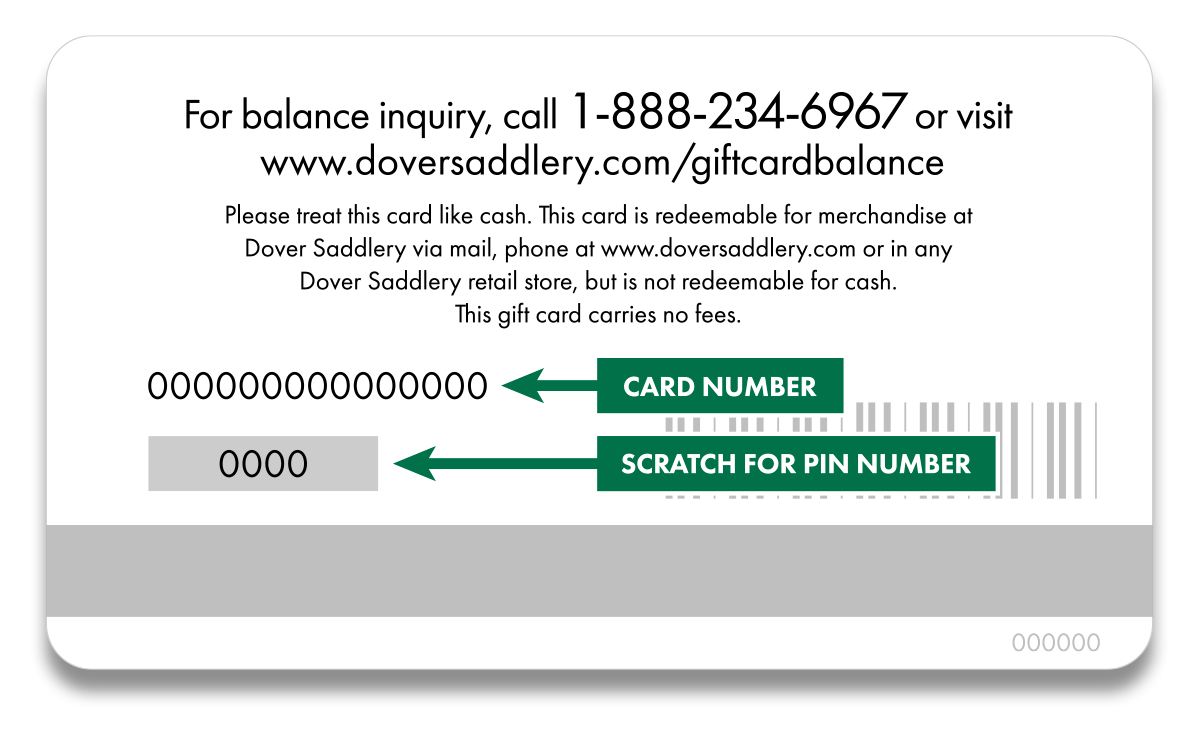How to Measure Your Horse and Fit Your Blanket
The fit of your blanket is extremely important to the comfort of your horse. Improperly fitting blankets can cause rubbing and slippage. To find blanket size, measure distance from center of the chest, across the point of the shoulder, and to the center of the tail. Many blankets are sized in two or three inch increments, so choose the closest size available.
Blankets should be cleaned annually. First, remove excess dirt with a brush or hose, then wash by hand or on a delicate cool water cycle. Use very mild soap. Allow to drip dry. Do not put blankets in the dryer as this will damage the waterproof coating and void any warranties.

How to Measure for Bridles:
For a properly fitted bridle, a caveson noseband should sit just below the horse’s cheekbones – generally no more than the width of 2 fingers from the bottom of the cheekbone to the top of the noseband (this does not apply to drop or figure 8 nosebands). Figure 8 nosebands should sit above the bottom of the cheek bone only if they have a ring that allows movement connecting the noseband to the cheek piece. The browband should never be gaping or flopping.
Properly adjusted cheek pieces will cause the bit to create two gentle wrinkles at the corner of the mouth on each side. Cheek piece buckles should generally be at the level of a horse’s eye, and on a bridle that fits a horse’s head very well, all buckles will generally be at the same level as each other. These cheek piece guidelines are just a suggestion, as finding a perfect fit on all horses is near impossible. Multiple holes are given on cheek pieces to allow for vast adjustment. Keep in mind that the proper position of the bit is a priority over buckle placement.
When shopping for bridles, it is important to know that German and French brands tend to run a bit larger when it comes to standard sizing. The difference is not a whole size up, but if you have a horse that fits on the smaller end of a full size, you may be able to move down to a cob size, or if your horse is wavering between full and oversized, you can most likely stick with a full size if switching to a German or French made bridle. Some horses can be difficult to fit in a stock size bridle. For this reason, additional bridle pieces can be bought in a variety of sizes and it is never a problem to mix and match sizes of individual pieces to get the proper fit.


Looking for a Saddle Fitting Guide?
Click here for a step-by-step saddle fitting guide from Thorowgood.
**Adobe Acrobat required.
How to Measure for Gloves:
Measure around your hand at the widest part, excluding your thumb. The number of inches = the size. Please refer to our size charts as a reference for sizes listed as Small, Medium, and Large.

How to Measure for Tall Boots:
- Wear the clothing (breeches, tights, socks, etc.) you are most likley to wear with your boots.
- Sit in a straight chair with feet flat on the floor and knees at a 90 degree angle.
- Measure calf around the widest part, and measure height from the floor to back of the knee.
- Add 1 1/2" - 2" to measured height to allow for drop as your boots break in.
For proper fit, Dover recommends that you take the time to determine your measurements before you order. Have another person measure your leg for the most accuracy. Properly fitted tall boots will, at first, be uncomfortably tight around the top of the boot and should come up into the back of your knee. They should be difficult to pull on and off or zip up. As they break in, they will drop comfortably around your leg.
Half chaps should fit similarly to tall boots and should also come up into the back of your knee at first. When fitted properly, they will be difficult to zip at first, should be uncomfortably tight around the top, and will drop comfortably around your leg as they break in. When referring to half chap sizing charts, it is important to keep in mind that all half chaps are measured at the widest part of the calf, but each brand measures height differently. Specific size charts can be found on individual product web pages.

How to Measure for Helmets:
Measure around your head at the widest part, be sure to do this with your hair up if that is how the helmet will be worn. Match the measurement up with a size based on the size chart below. The tape measure should be snug.

**ASTM F-1163-01 AND 04a/SEI Certified Helmets
Helmet Notice, Disclaimer, and Warning
All equestrian sports are inherently dangerous and involve the risk of serious injury or death. Riders using these products ride at their own risk with full knowledge of the hazards and risks associated with their activities. Helmets are designed for equestrian use only. Helmets cannot offer complete protection from injury or death to riders in case of fall, collision, impact, loss of control, or otherwise. Helmets cannot protect areas of the head that are not covered. Helmets offer no protection against injuries involving forces other than impact.
CAUTION: Helmets must fit well and all retention straps must be securely fastened. Helmets are constructed so that the energy of an impact may be absorbed through partial destruction of the helmet. Helmets that suffer an impact should be destroyed and replaced. The protective qualities of helmets may be compromised by prior impact, age, use, and many common substances. Always follow the manufacturer’s recommendations before applying cleaning agents, paints, or adhesives.
Dover Saddlery disclaims any responsibility for injuries or death incurred while wearing any of the helmets offered for sale. Representations regarding testing results, equipment ratings, product specifications, ASTM and/or SEI standards, and the adequacy of all such standards and designations are made solely by the product’s manufacturer. Dover Saddlery does not warrant or confirm the representations of the manufacturers. Dover Saddlery makes no representations, express or implied, regarding the fitness of these products for any particular purpose nor the extent to which the products protect riders from injury or death.
By purchasing any of the helmets offered for sale and using it in an equestrian sport, the purchaser AGREES FREELY AND VOLUNTARILY TO ASSUME ALL RISKS RELATED TO EQUESTRIAN SPORTS, including the risk of personal injury, damage, death, or property damage. Further, to the maximum extent permitted by law, the purchaser does release Dover Saddlery from any and all responsibility or legal liability related to purchaser's participation in equestrian activities.
Hunt Coat Fitting Guidelines
The following information is specific to hunt coats and does not necessarily apply to dressage coats.
While not all show coats are sized equally, there are some basic guidelines that can help you find a well-fitting, comfortable coat:
- The third button should align with your belly button.
- The coat tails should rest at the middle of your rear.
- Jacket sleeves should end at your wrist bone.
- If perfect fit is not possible, slightly longer sleeves or tails are preferable to shorter ones.
- Sit in a saddle and simulate arm positions to assess sleeve length and movement.
- Some manufacturers use U.S. sizing, others U.K. sizing. A general rule: U.S. size is 4 less than U.K. (e.g., U.K. 12 = U.S. 8).
- Always refer to the sizing chart on the individual product page for brand-specific measurements.
Body Protector Fit Guidelines
While individual brands of body protectors may vary slightly in measurements and fit, the following are general fitting guidelines:
- Fit over light clothing; heavier garments should go over the protector.
- Measure chest, waist, back length, and waist-to-waist over the shoulder.
- Loosen the fasteners and flex the foam before first try-on.
- Ensure a snug but adjustable fit at the chest and waist.
- The shoulders and neckline should lie flat against your body.
- Back length should leave a hand’s width between saddle and protector base when seated.
- The front should reach the breastbone and cover the bottom rib at mid-chest level.
- Refer to size charts on each product page for exact sizing details.
Body Protector Notice, Disclaimer, and Warning
All equestrian sports are dangerous and involve the risk of serious injury or death. A properly fitted protective vest or body protector may offer protection against some injuries. However, protective vests and body protectors do not all conform to a uniform set of safety standards. Protective vests and body protectors offering more protection may be capable of being designed and/or may not be presently available.
It is the sole responsibility of the purchaser (or in the case of minors, the parent or other responsible adult) to select an appropriate protective vest or body protector that is well suited to the rider’s level of expertise and riding discipline, and to ensure it is properly fitted.
Dover Saddlery neither specifies nor recommends any particular protective vest or body protector and undertakes no responsibility or liability therewith.
CAUTION: The protective qualities of all protective vests and body protectors may be compromised by age, use, and exposure to temperature extremes. Store them in well-ventilated areas and follow manufacturer cleaning and care instructions.
Dover Saddlery does not make any warranties regarding fitness for use or performance of any body protector or vest. Please consult the manufacturer's own warranty and disclaimers.



